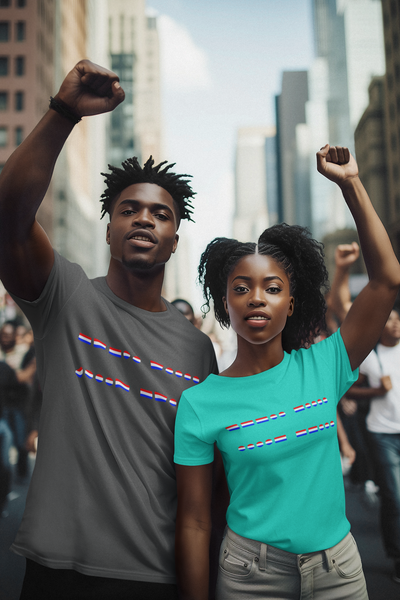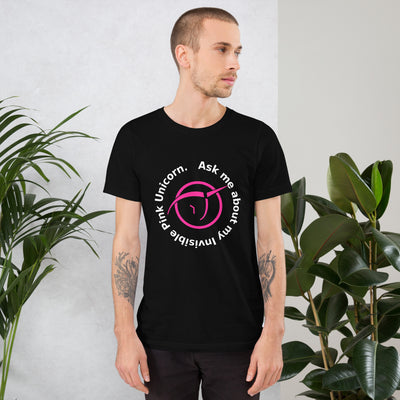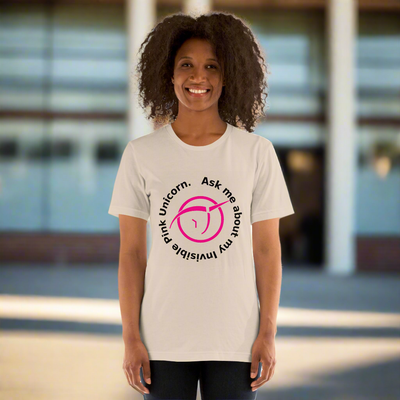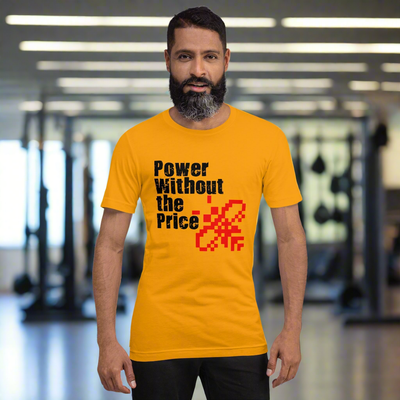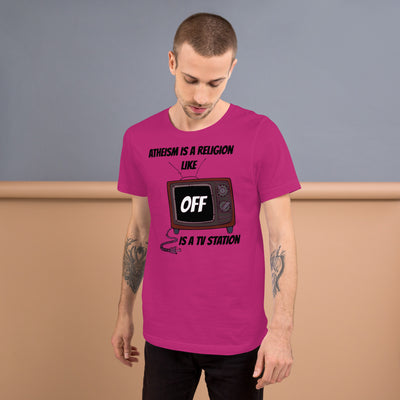In a world where the fabric we wear can tell stories and convey messages, the role of fabric design extends far beyond aesthetic appeal. This blog delves into how fabric design intertwines with social awareness, highlighting designers and movements that prioritize sustainability and ethical practices. We will explore the significance of mindful fabric choices, the impact of textile industries on society, and ways consumers can advocate for change through their choices.
The Importance of Fabric Design in Social Contexts
Fabric design plays a crucial role in our social fabric, influencing not just aesthetics but also identity and culture. For many communities, fabric serves as a form of expression and connection, reflecting history and traditions. The choice of fabrics can convey messages about heritage, values, and even socio-political stances. Designers today recognize that each piece of clothing can tell a story, inviting wearers to share in these narratives.
Moreover, fabric design is often intertwined with the societal issues at play in various regions. Designs can bring attention to social injustices, environmental concerns, and other pressing matters. For example, textiles created in marginalized communities showcase their capabilities while advocating for their rights. By purchasing and promoting these products, consumers can support local artisans and draw attention to broader socio-economic issues.
The importance of fabric design also extends to its potential for creating community. Collaborations between designers and local artists can lead to unique pieces that resonate on a personal level. Many designers today aim to foster a sense of belonging through their work, which can be particularly significant in a globalized world often marked by disconnection. Such initiatives not only celebrate diversity but also encourage dialogue about important social themes.
Sustainable Practices in Fabric Design
Sustainability in fabric design is no longer just a trend; it has become a necessity. As the fashion industry faces scrutiny for its significant environmental impact, designers are seeking ways to incorporate sustainable practices into their work. This includes choosing organic and recycled materials that minimize waste and reduce the carbon footprint. By leveraging innovative textiles, designers aim to create beautiful pieces that do not compromise the health of our planet.
In addition, sustainable fabric design often involves ethical labor practices. Unfortunately, many textile workers around the globe face unfair wages and exploitative conditions. Designers who prioritize sustainability also advocate for fair trade principles, ensuring that the people behind the products are compensated fairly and treated with respect. This holistic approach to fabric design fosters a more equitable industry, where returns benefit both the environment and its workers.
Furthermore, the concept of slow fashion has gained traction as consumers become more aware of the hidden costs associated with fast fashion. By focusing on quality over quantity and creating timeless designs, designers promote a more sustainable approach to wardrobe building. This includes crafting clothing that lasts longer and can be cherished for years, thus reducing the impact on landfills and encouraging a more thoughtful consumption cycle.
Case Studies: Designers Making a Difference
Across the globe, many designers are leading the way in merging fabric design with social purpose. For example, renowned designer Stella McCartney has long championed sustainable practices, creating collections that utilize innovative materials such as bio-fabricated leather. Her commitment to the environment extends beyond her designs; she actively advocates for animal rights and the reduction of waste in the fashion industry.
Another inspiring figure is Ozwald Boateng, who uses his platform to promote cultural heritage through fashion. His designs are a celebration of African culture, often incorporating traditional textiles and patterns. By spotlighting the importance of cultural roots, Boateng encourages a narrative that transcends fashion, prompting conversations about identity and representation in the industry.
Additionally, the brand Reformation has become a household name in sustainable fashion, emphasizing transparency in its supply chain and a commitment to using eco-friendly materials. They demonstrate that style and sustainability can coexist, appealing to a conscious consumer base. The movement of such designers illustrates how fabric design can drive social change and inspire others to follow suit.
How Consumers Can Advocate for Social Change
Consumers wield considerable power in shaping the fabric design landscape through mindful choices. By supporting brands that prioritize ethical practices, shoppers can send a message that sustainable and responsible fashion is a priority. This kind of advocacy can be as simple as researching a brand’s practices or choosing to invest in quality, long-lasting pieces instead of fleeting trends.
Moreover, social media has emerged as an influential tool for consumer advocacy. Platforms like Instagram allow individuals to share their fabric choices and highlight brands that prioritize social responsibility. By making conscious decisions public, consumers not only share their values but also encourage others to think critically about where their clothes come from and who makes them.
Another way for consumers to advocate for change is by participating in or organizing community events focused on sustainable fashion. Workshops, swap meets, and educational panels can foster dialogue about the importance of ethical fabric design while building a community of like-minded individuals. Such gatherings remind us that collective action can lead to significant changes in industry practices.
The Future of Fabric Design with Social Consciousness
The future of fabric design is inevitably linked with social consciousness. As we look ahead, it is clear that designers will continue to challenge traditional norms, intertwining innovation with purposeful messages. This direction not only meets the needs of an increasingly aware consumer base but also urges the fashion industry to reassess its values and responsibilities.
Emerging technologies will also play a pivotal role in shaping the future landscape of fabric design. With advancements in sustainable textiles, such as the development of fabrics made from algae or waste products, the possibilities for conscientious fabric design are expanding. These innovations have the potential to revolutionize not just what we wear but also how textiles impact our environment.
Ultimately, as awareness grows within the industry and among consumers, we can anticipate a shift towards a more inclusive, responsible, and compassionate fabric design sector. By harmonizing creativity with ethics, the future of fabric design promises to be as vibrant as it is impactful, fostering a society where personal expression and social responsibility coexist beautifully.
Embracing Change Through Fabric Choices
The intersection of fabric design and social awareness is a vibrant and necessary dialogue in today’s society. As consumers, we have the power to influence industry practices by choosing brands that prioritize ethical considerations and sustainability. By understanding the stories behind the fabrics we use, we can make informed decisions that not only elevate our style but also contribute to a better world.

























